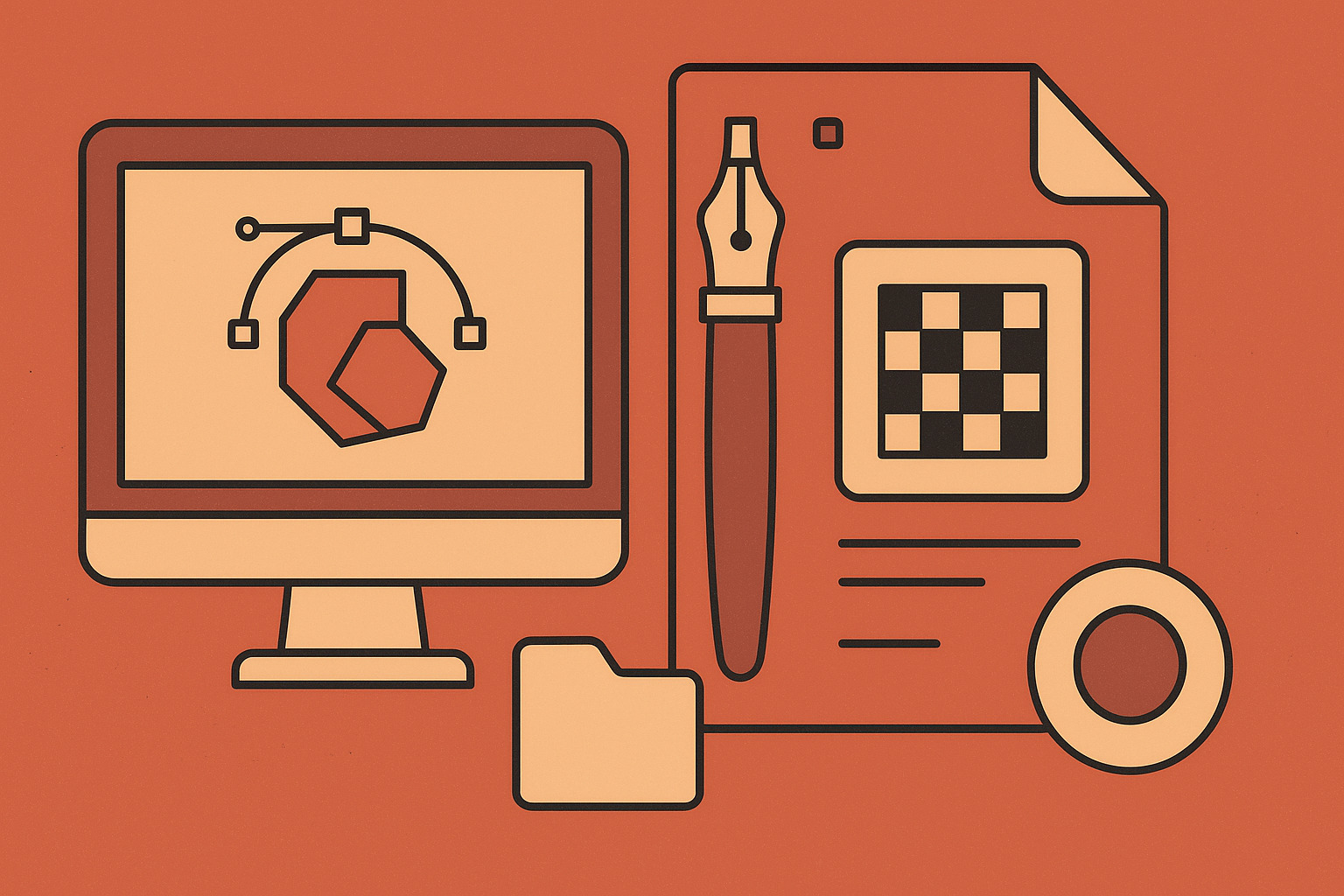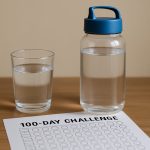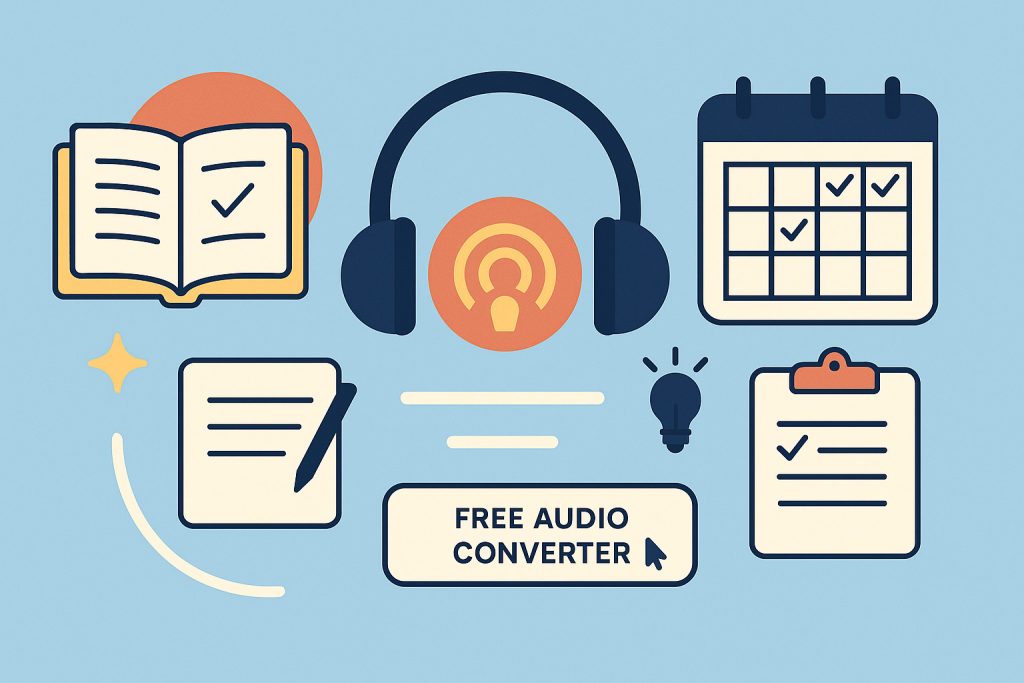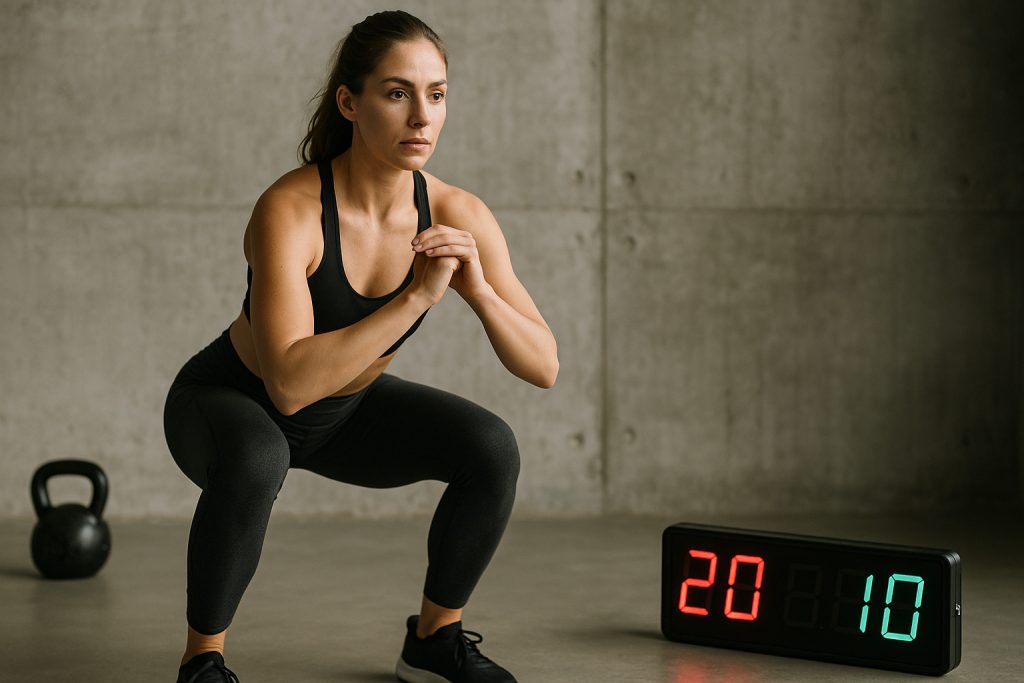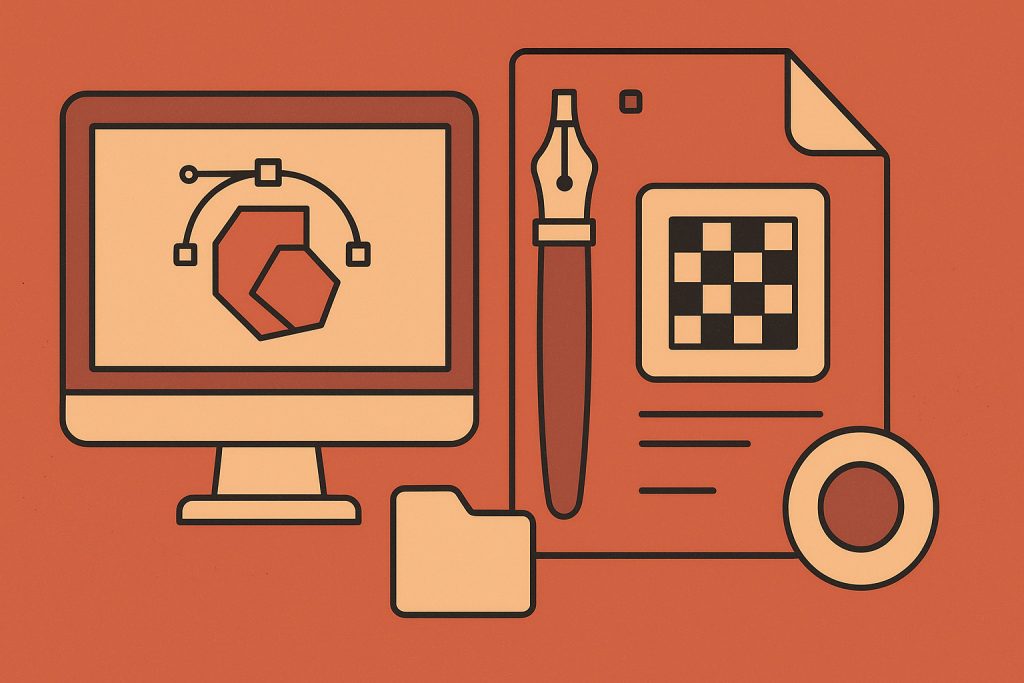Can you design one logo every day for 100 days and export each one with a crisp, transparent PNG optimized for web use? If not yet, you will. This challenge will sharpen your design workflow, build a portfolio, and teach best practices for clean exports.
What the 100-Day Logo Challenge Means
This challenge isn’t about random doodles. It’s about building a real skillset. Each day you design a logo from scratch, convert it from vector to PNG, and optimize it with transparency in mind. Every export becomes a usable web asset. By Day 100, you will have a library of logos and a solid grasp of vector management, transparency handling, and PNG optimization.
Why Focus on PNG?
- Universal web compatibility
- Lossless compression
- Supports transparent backgrounds
- Ideal for logos over complex or image-based backgrounds
PNGs give your logos a clean, professional edge on any website or app interface. Optimizing them correctly is the difference between sharp detail and fuzzy output.
The Daily Workflow
You will repeat this every day. Stick to it.
Step 1: Design in Vector
Start in a vector-based app such as Adobe Illustrator, Figma, Affinity Designer, or Inkscape.
Tips:
- Use grids and guides for balance
- Stick to 1-3 colors for clarity
- Keep scalability in mind: it must look good at 50px and 500px
- Use outlines for fonts unless embedding is supported
Step 2: Export as PNG
Exporting is not a button-smash process. It takes intent.
General settings:
- Export size: 1000px wide (or 2x standard use size for retina screens)
- Background: Transparent
- File format: PNG-24
- Suffix: Include the date or versioning in the filename
Step 3: Optimize for Web
Every PNG needs post-export care.
Tools:
- TinyPNG.com
- ImageOptim for Mac
- FileOptimizer for Windows
- Squoosh for browser-based tuning
Settings to tweak:
- Strip metadata
- Maintain alpha transparency
- Limit unnecessary color data without compromising visual fidelity
- Aim for file size under 150KB if possible
Logo Prompt Generator
Running dry on ideas by Day 30? Here’s your 10-day booster:
- A tech startup called “BrightByte”
- A bakery with a galaxy theme
- A minimalist logo for a meditation app
- A pet store focused on exotic reptiles
- A black-and-white only logo for a law firm
- A fashion label merging tradition with streetwear
- A youth fitness brand
- An NFT platform
- A logo using only geometric shapes
- A coffee shop run out of a vintage bus
Export Best Practices
Do:
- Test logos on dark and light backgrounds
- Save both full-color and monochrome versions
- Keep a layered vector backup
- Keep filenames lowercase and use hyphens (e.g. “day-17-mindworks.png”)
Don’t:
- Export at low resolution
- Use PNG-8 unless targeting ancient browsers
- Leave unnecessary whitespace
- Add shadows or effects unless required
One Vector, Many Assets
Each logo you export as PNG is not the end. You can later:
- Animate it for intros
- Generate favicon versions
- Add branding elements (e.g. watermark, overlay)
- Offer free PNG images to others as part of a branding kit
This daily routine can grow into a monetized side project or creative portfolio.
Pro Tips for Logo Versatility
Keep master files organized
Use folders named:
- “01-vector”
- “02-exported-png”
- “03-optimized”
- “04-application-mocks”
Prepare alternate versions
- Full-color
- Flat-color
- White-only
- Inverse
Use export artboards
In Illustrator or Figma, set up artboards at common web sizes:
- 250x250px
- 512x512px
- 1000x1000px
Export all versions in batch.
What You’ll Gain After 100 Days
- A portfolio of 100 logos
- Experience designing under creative prompts
- Workflow mastery in vector to PNG conversion
- Strong knowledge of web optimization standards
- Confidence to freelance or pitch branding projects
Bonus: File Management Checklist
Keep your system tight. Use this checklist daily:
- Vector saved with outlined fonts
- PNG exported with transparency
- Optimized with metadata stripped
- Tested on both light and dark backgrounds
- Archived in dated folders
- Uploaded to cloud backup or Git repo
Tools That Help
Design
- Adobe Illustrator
- Affinity Designer
- Figma
- Inkscape
Optimization
- TinyPNG
- Squoosh
- ImageOptim
Automation
- Figma Plugins: “Compress”, “TinyImage”
- Illustrator Actions for export + batch optimization
Final Words
This challenge is about repetition with purpose. Each design builds muscle memory. Each PNG adds another tool to your kit. After 100 days, you’ll not only have designs. You’ll have discipline.
